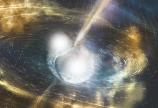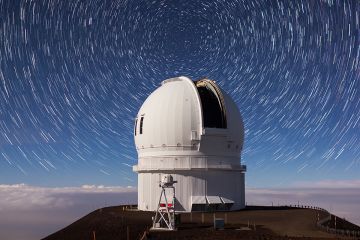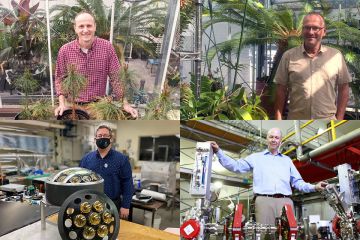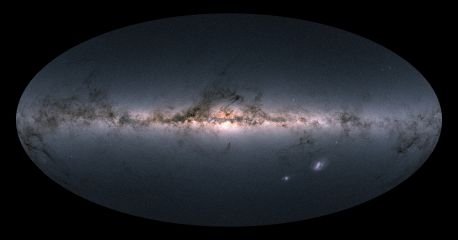UVic researcher participates in unprecedented observation of neutron star collision
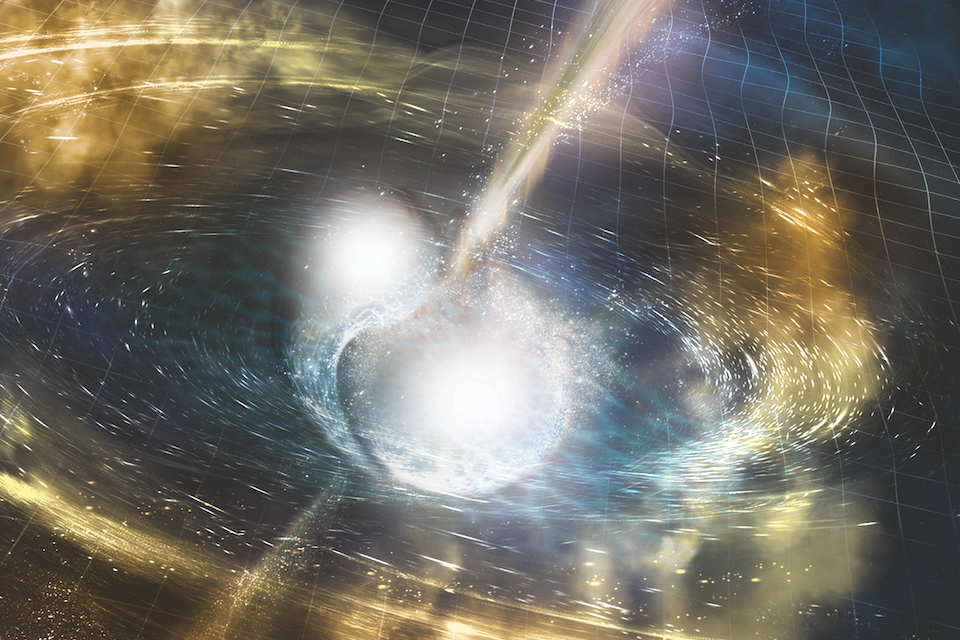
A University of Victoria doctoral student visiting an observatory in Chile unexpectedly became a participant in the observation of the first recorded gravitational wave signature caused by a neutron star collision – a discovery that is transformational to our understanding of the universe.
The discovery was announced Oct. 16 by the Laser Interferometer Gravitational-Wave Observatory (LIGO) and Virgo detector, and has been observed by over 70 ground and space-based telescopes.
In 2015, LIGO confirmed the existence of gravitational waves first theorized by Albert Einstein more than 100 years ago. This new discovery is the first time that both light and gravitational waves have been observed simultaneously, providing astronomers a new way to observe the universe. It also proves that the collision of neutron stars is the source of heavy elements such as gold and platinum.
Doctoral student Clare Higgs happened to be at the Las Campanas Observatory in Chile on Aug. 16, having arrived earlier that day to survey dwarf galaxies. But when the observatory was alerted by LIGO regarding an unusual “target of opportunity,” Magellan telescopes housed at the facility refocused on the region of sky where LIGO suspected the activity was coming from.
“It was totally unexpected and chaotic,” says Higgs. “At first, it wasn’t even clear that we were looking at the right galaxy.”
Higgs was at one of the first telescopes in the world to focus on the collision, which visibly changed in brightness and colour in a matter of hours. Over the course of that night and several more that followed, Higgs assisted the team by taking observations of the quality and colours of light created by the neutron star collision, which were used in two Science papers released earlier this week.
“Astronomers will be studying these observations for years,” says Higgs. “It was a thrilling and fortuitous opportunity to observe something that has never been seen by humankind before. I feel incredibly lucky to have been present and to have played a very small role in this unique and groundbreaking detection.”
Higgs is an author on two papers released on the observation in Science: Light curves of the neutron star merger GW170817/SSS17a: Implications for r-process nucleosynthesis and Early spectra of the gravitational wave source GW170817: Evolution of a neutron star merger.
Read the LIGO release.
-- 30 --
Photos
Media contacts
Clare Higgs (Physics and Astronomy) at higgs@uvic.ca
Vimala Jeevanandam (Communications Officer, Faculty of Science) at 250-721-8745 or scieco@uvic.ca
In this story
Keywords: astronomy, student life, graduate research
People: Clare Higgs

